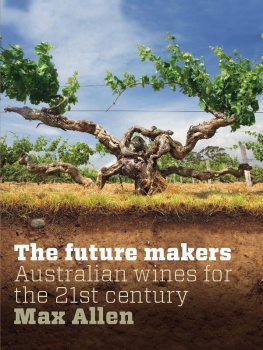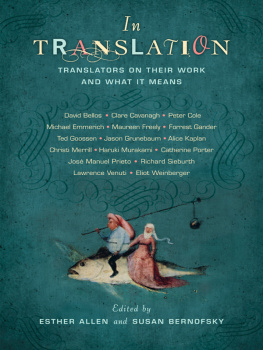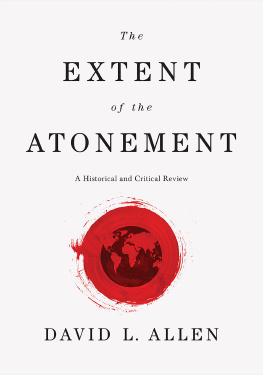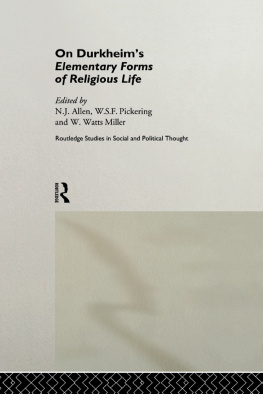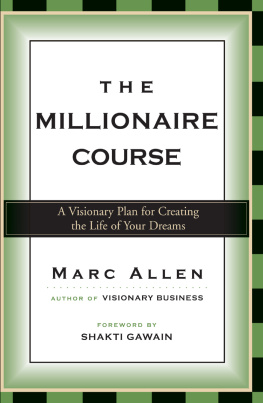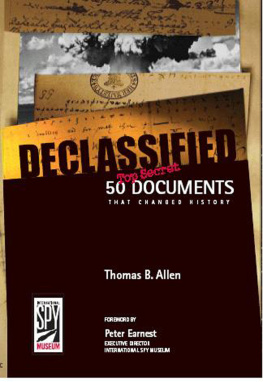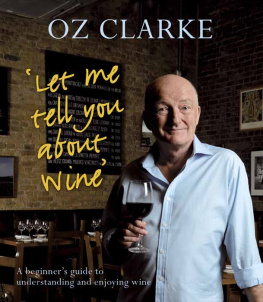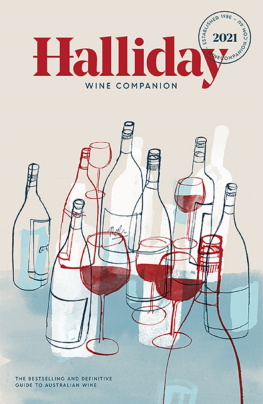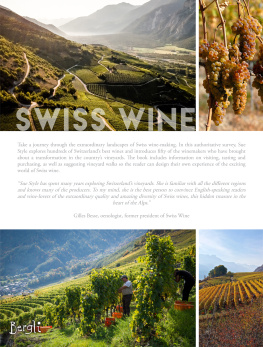
The future makers
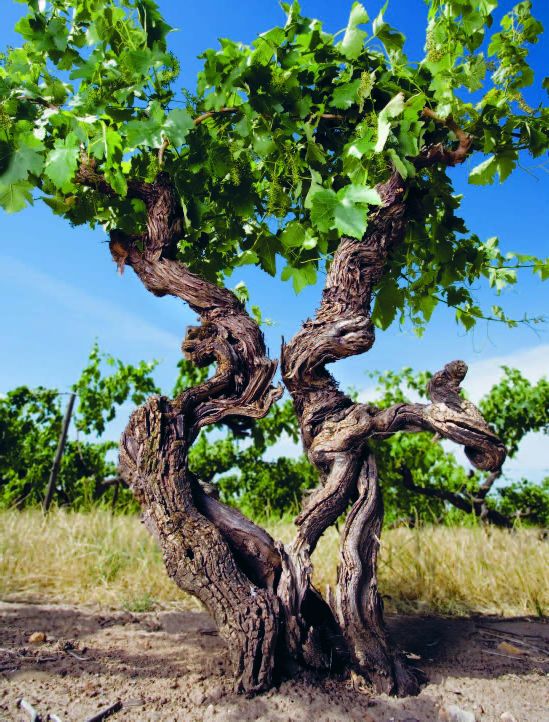
The future makers
Australian wines for
the 21st century
Max Allen

Published in 2010 by
Hardie Grant Books
85 High Street
Prahran, Victoria 3181, Australia
www.hardiegrant.com.au
All rights reserved. No part of this publication may be reproduced, stored in a retrieval system or transmitted in any form by any means, electronic, mechanical, photocopying, recording or otherwise, without the prior written permission of the publishers and copyright holders.
The moral right of the author has been asserted.
Copyright Max Allen
Copyright photography see
National Library of Australia Cataloguing-in-Publication Data:
Cataloguing-in-Publication data is available from the National Library of Australia.
The Future Makers: Australian wines for the 21stcentury
ISBN 978 1 74066 661 9
Cover design by Philip Campbell Design
Cover images courtesy of James Boddington and getty images
by Martin von Wyss, vW Maps
Text design and page layout by Philip Campbell Design
Typeset in Adobe Garamond Pro
Colour reproduction by Splitting Image Colour Studio
Printed and bound in China by 1010
10 9 8 7 6 5 4 3 2 1
Disclaimer
The particularly turbulent nature of the modern Australian wine scene and the long lead times of the publishing industry conspire against anybody trying to write a wine book: the harsh reality is that some of the producers listed within these pages may well have closed down or changed hands by the time you read this. Likewise, I am certain that, in between sending off the manuscript and receiving the first advance copies, I will hear about, taste the gorgeous produce of, and probably visit a dozen or more fantastic vineyards that should have been included. So, for updates, expansions, corrections and the latest views on Australias alternative wine scene, visit my Real Australian Wines blog: realaustralianwines.blogspot.com
Acknowledgements
The Wine Communicators of Australia Fellowship Grant, which I was awarded in 2003, helped fund some of the necessary travel and research. The good people at Hardie Grant Books (not to mention my family) have displayed saintly forbearance during the agonising gestation of this project: I told you Id finish it...eventually. My editor Tracy OShaughnessy deserves special thanks for working like a demon to pull all the strands together and complete the finished book, as does designer Phil Campbell and the photographers who contributed so much to the look. Thanks also to Martin von Wyss for the map of Australias wine regions. Some of the material in these pages first appeared in a different form in other publications, including The Weekend Australian Magazine, G Magazine, Gourmet Traveller, The Wine Magazine and Wine & Spirits: thank you to all the editors for the opportunity to tell these stories. Much of the information about biodynamic viticulture also appears on my web site: www.redwhiteandgreen.com.au
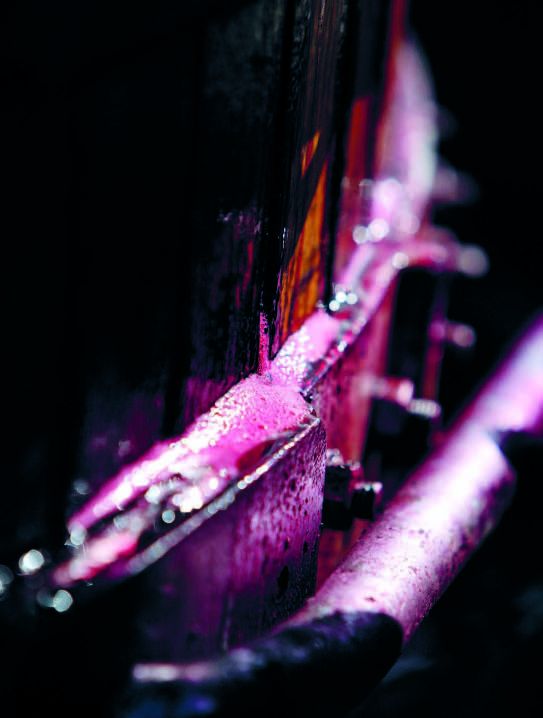
Contents
A few years ago, I very nearly opened my own bar. I had this vision of a small, cosy place, crammed with bottles, serving small plates of good food and great wines by the glass. I have also, for a long time, dreamed about planting my own vineyard again, just a small plot of vines, enough for a few barrels. Thankfully, neither dream has come true: thankfully because I havent got a business-minded bone in my body and I dont know how to drive a tractor, let alone fix one; the bar would have quickly gone bust and the vines would no doubt have died. Im much better off sticking to drinking and writing about wine, Ive decided, than trying to make it or sell it.
The point is that when you do contemplate crossing the line from interested observer to active participant youre suddenly faced with a whole heap of important questions: Where would be the best place for my vineyard? What varieties would I plant? How would I grow my grapes and make my wine? Which wines would I serve in my own bar? And why would I want to go to all that effort when I can buy plenty of lovely wines already?
I soon realised that the answers to these questions came wrapped up in broader considerations, such as the effects of climate change, my aversion to chemically assisted farming and my unashamedly romantic belief that wine should taste of where its from. I realised that, if I had my own vineyard, it would be planted with varieties suited to a warmer, drier future; it would be farmed biodynamically; I would make the wines with as few additions and as little manipulation as possible; and I would hope to produce something beautiful, which told a story of its place and time.
I also realised that the wines I would want to sell in my mythical bar the wines I already buy and drink come from winemakers thinking along the same lines. Winemakers who ask themselves: Whats special about where I am? Have I planted the most appropriate varieties? Is this the best way to grow my grapes and make my wine? Why am I doing this?
These are the winemakers who interest and excite me: the ones asking why. Because they are making the most characterful, appropriate and delicious wines sensibly, sustainably and naturally. These people the larrikins and ratbags, the old and the young, the newbies and the nerds putting the soul back into Australian wine are the people youll meet in this book.
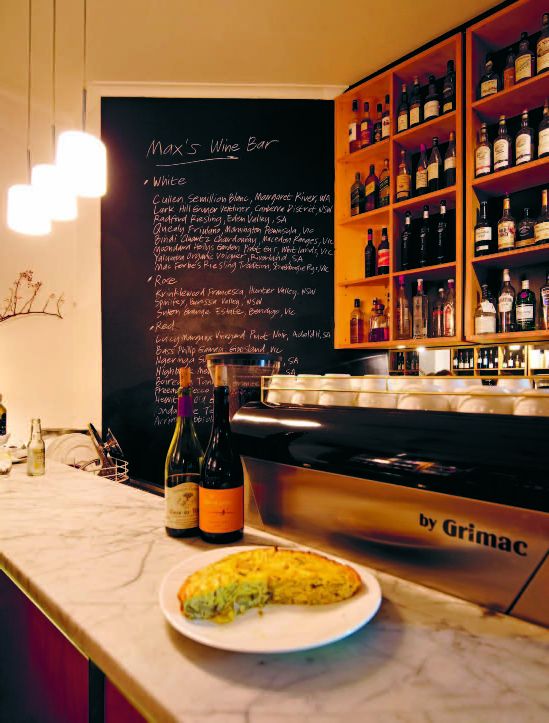
Introduction
Setting the scene
Anton van Klopper makes his wine in the Adelaide Hills. His vineyard is small. Just a few steep, sloping hectares of pinot noir vines. His winery is small, too. A rudimentary shed with a concrete floor. And his approach to growing grapes seems strikingly unconventional to 21st-century eyes.
Most modern Australian vineyards are sprayed with chemical herbicides, fungicides and, in some cases, pesticides. Most modern Australian vineyards are irrigated and have synthetic fertiliser applied to keep them alive and fruitful. Most modern Australian grapevines are trained fast and high, in neat, hedged rows along a wire.
Not here. Instead, Anton lets each vine grow slowly, without supplementary water, allowing the roots to find their own refreshment and nourishment deep in the hillside slopes. And in the few years since the vines were planted, he has never sprayed anything other than homeopathic doses of natural, organic, biodynamic compost preparations to the soil or the plants.
In 2007 Anton picked his first, tiny crop of pinot noir grapes and made just over 100 litres of wine. Thats a half-barrels worth, roughly 130 bottles. I tasted the wine a few months after vintage in the fading light of the makeshift winery at dusk. In the gloom, the small barrel looked like a meagre return for all those years of nurture.
Carefully, Anton eased out the bung, slid in a hose and siphoned off a splash of precious purple liquid into a glass. The wine was gorgeous: full of the scent of ripe autumn plums, plush and velvety across the tongue.
Next page
